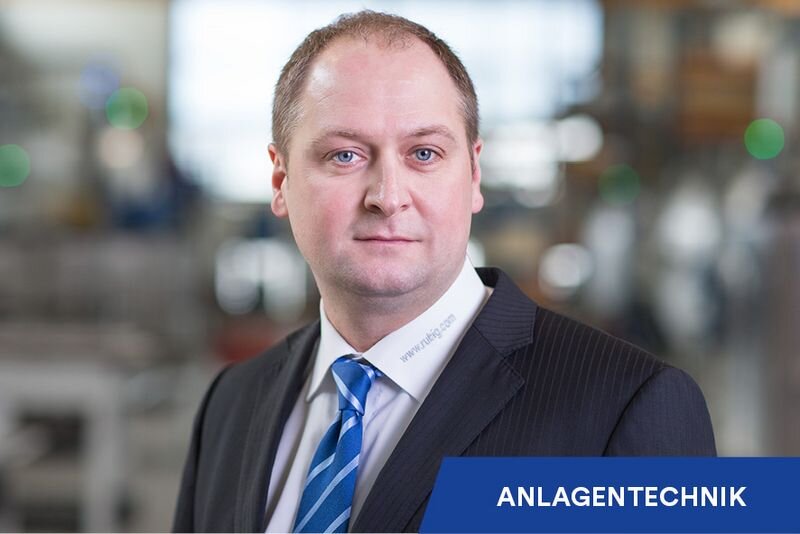... the process engineer Graduated Engineer Andreas Gebeshuber.
3 QUESTIONS FOR …

Andreas Gebeshuber has now been a part of RUBIG Industrial Furnaces for an incredible 20 years. After several years in R&D and the support of sales areas, he has been head of product development and project management since 2010. The graduated materials scientist is the first point of contact when it comes to answering process-related questions.
In a nutshell, he tells us the most important thing about nitriding.
Which materials are predestined for this?
In principle, all steels that contain so-called "nitride-forming alloying elements", e.g. chromium, molybdenum, vanadium, aluminum or titanium. It is important that you have been paid in advance. Especially in the case of steels with high chromium content, plasma nitriding has a very decisive advantage over conventional nitriding with ammonia: the possibility of imaging a sputtering process in the same plant before nitriding makes nitriding possible in the first place.“
Which coatings are formed during nitriding?
"Probably the most important coatings are the diffusion zone and the compound layer. The diffusion zone is a kind of carrier coating for the even harder compound layer. Compressive stresses build up in this zone, which are decisive for fatigue strength. The compound layer is an intermetallic phase between nitrogen and iron, since atomic nitrogen diffuses into the material. It is a must against abrasive and adhesive wear, as well as against corrosion.“
When exactly is which of these coatings in demand?
"Shafts and gears offer a perfect example:
- In the case of shafts, the bending strength is decisive. A bonding coating could form cracks and break out, so only a diffusion zone and no or only a very thin bonding coating is recommended.
- When viewing gears, both flexural strengths (in the tooth root) and wear protection (on the tooth flank) are important. Due to the direct contact between the teeth, wear protection is necessary and a compound layer is required.
Especially this targeted adjustment of the coatings is currently only possible during plasma nitriding.“
